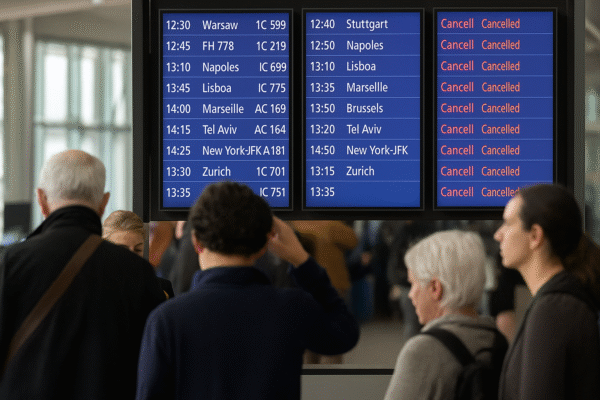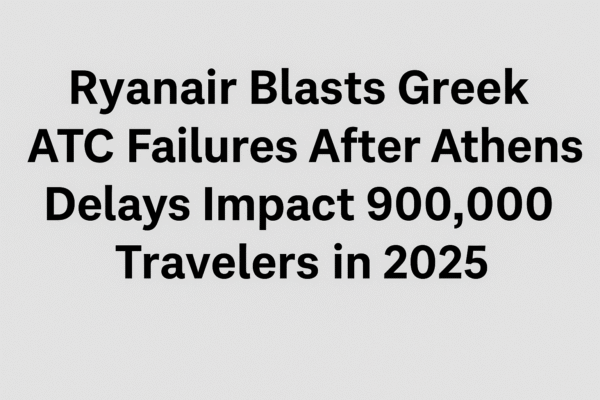Italy’s Domestic Tourism Booms in 2025: 30.5 Million Travelers and €35 Billion in Summer Spending
Italy is experiencing a remarkable resurgence in domestic tourism during the summer of 2025, with new data confirming that more than 30.5 million Italians are expected to travel across the country between June and September. This increase of 1.5 million vacationers compared to 2024 underscores a renewed national enthusiasm for domestic travel, signaling a strong rebound for Italy’s tourism sector.
The findings, released by the Tourism Observatory of Confcommercio (General Confederation of Italian Businesses), show that 91% of Italians plan to vacation within their home country this summer. This overwhelming preference for domestic travel is translating into an estimated €35 billion in total summer expenditure, reaffirming tourism’s central role in Italy’s post-pandemic economic recovery.
August Peaks, July Surges
August is set to remain the peak travel month, with approximately 11.2 million Italians expected to take week-long holidays. However, July is showing the most significant year-on-year growth, with 800,000 more Italians planning long-term summer trips compared to 2024.
Many travelers are opting for extended stays, supported by flexible work arrangements and a greater appreciation for slow travel. Italians are demonstrating a strong desire to reconnect with their country’s natural beauty, historical heritage, and regional cuisines, often choosing holidays that offer deeper cultural immersion.
Stable Spending Patterns Reflect Travel Confidence
According to Confcommercio’s analysis, Italian travelers are budgeting an average of €1,170 per person for their summer vacations, consistent with the figures reported in 2024. This stability suggests that despite broader economic concerns such as inflation and energy costs, Italians remain committed to investing in quality domestic travel experiences.
Spending categories include accommodation, transportation, dining, and cultural activities, with a noticeable rise in bookings for experiential travel—such as wine tours in Tuscany, hiking in the Dolomites, and guided city tours in Rome and Florence.
Accommodation Choices Reflect Evolving Preferences
Italy’s diverse accommodation landscape continues to adapt to changing traveler behavior. Hotels remain the most popular option, accounting for 21% of bookings. Meanwhile, hostels (17%) and vacation rentals such as Airbnb (13%) are gaining favor, particularly among younger travelers and families seeking cost-effective stays.
Interestingly, 14% of Italians are choosing to stay in second homes or with friends and relatives, reflecting not only traditional values around family but also the appeal of familiar and comfortable settings. Agritourism (farm stays) and boutique accommodations in rural areas are also rising in popularity, aligning with the broader trend of sustainable, authentic travel.
Regional Hotspots and Emerging Destinations
From the timeless appeal of Rome, Florence, and Venice to the pristine beaches of Sardinia and the dramatic coastline of the Amalfi Coast, Italy’s top destinations continue to draw strong domestic interest. Sicily is also seeing robust demand, especially for culturally rich cities like Palermo and Catania.
However, lesser-known destinations are gaining momentum, driven by tourists seeking less-crowded alternatives and a more localized experience. Regions such as Abruzzo, Molise, and Umbria have reported increased tourism activity. This shift is in line with the goals outlined in Italy’s National Recovery and Resilience Plan (PNRR), which supports sustainable tourism growth and regional economic development.
Government Support and Sustainable Tourism
Italy’s domestic travel boom has benefited from supportive national policies. The Ministry of Tourism continues to promote campaigns encouraging Italians to “rediscover the beauty at home,” while regional governments are investing in tourism infrastructure, digital booking tools, and cultural events to attract visitors.
The Italian National Tourist Board (ENIT) has also emphasized responsible tourism, highlighting the importance of minimizing environmental impact while maximizing the social and economic benefits of travel. Initiatives include promoting public transportation, supporting local artisans, and revitalizing under-visited towns and villages under the “Borghi” heritage program.
Long-Term Travel and Workcation Trends
The 2025 summer season also reveals a rise in long-term stays and “workcations,” where travelers combine leisure with remote work. Popular with digital professionals, this trend has been particularly beneficial for coastal and mountain towns offering high-speed internet and co-working spaces.
Regions like Liguria, Trentino-Alto Adige, and Apulia have launched digital nomad-friendly initiatives, turning smaller municipalities into summer hubs for creative workers and young professionals.
Positive Outlook for the Sector
With millions of Italians taking to the roads, rails, and skies this summer, Italy’s domestic tourism sector is showing strong signs of long-term recovery and resilience. The combination of increased traveler numbers, steady spending, and a widening interest in regional exploration bodes well for the entire tourism value chain—from hotels and restaurants to tour operators and cultural sites.
As the summer progresses, Italy’s robust domestic tourism performance is poised to continue driving economic growth and cultural revitalization across the country. More importantly, it marks a renewed national confidence in the pleasures of local travel, reinforcing Italy’s identity as not just a world-class destination, but also a beloved homeland for its own citizens.
For more travel news like this, keep reading Global Travel Wire














